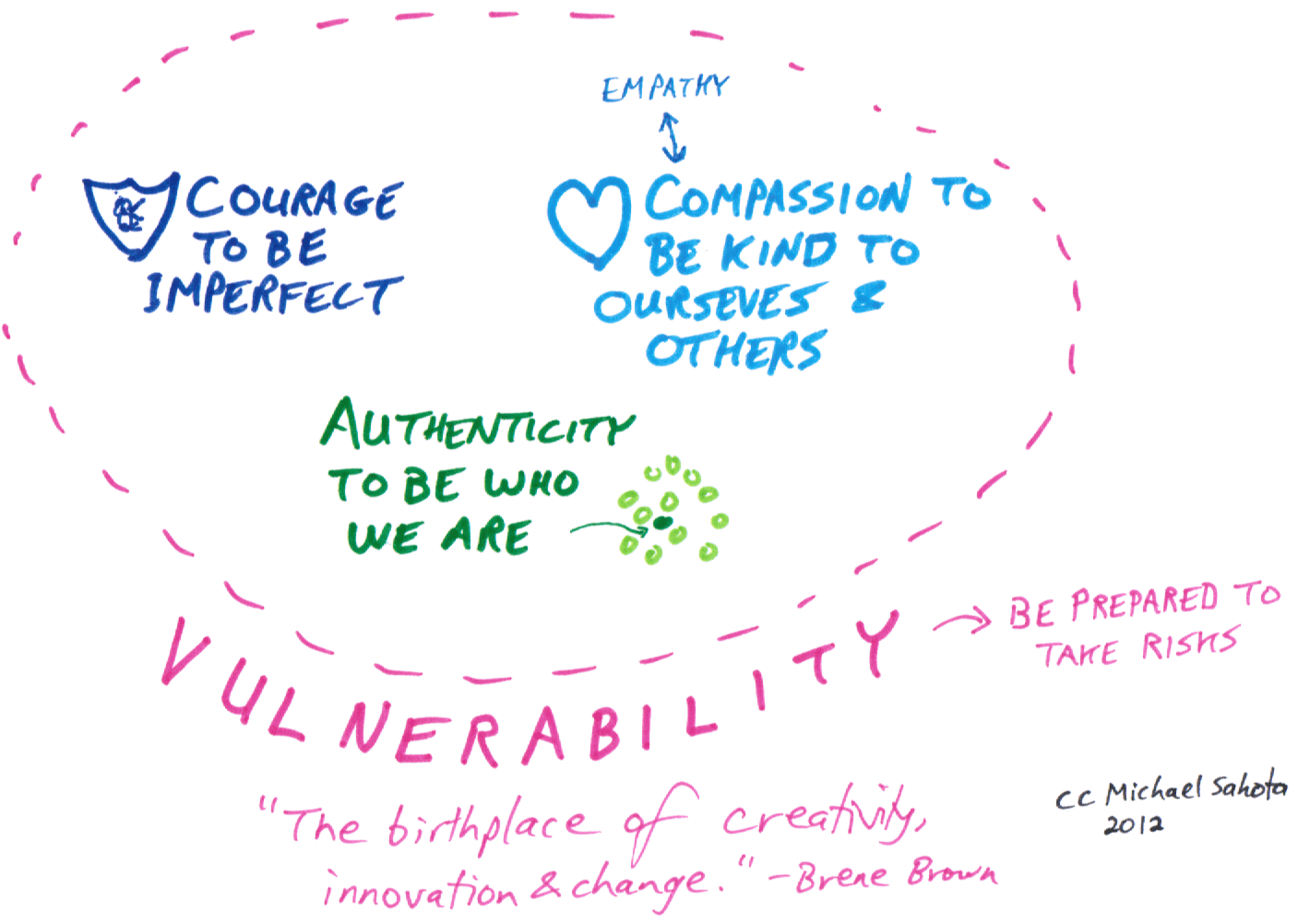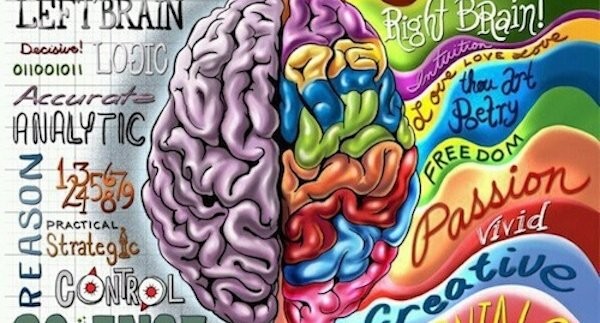In the world of relationships and the complexities of the human brain, the concept of integration plays a pivotal role. This article explores the profound idea of integration, shedding light on what it is, why it is crucial, and how it manifests in both our personal connections and neural functions. From understanding the essence of integration to practical applications in everyday life, let’s embark on a journey into the intricate web of harmonious existence.
Unveiling Integration
Integration, though often mentioned, is a term that warrants a deeper dive. At its core, integration refers to the harmonious coexistence of distinct elements within a system. To illustrate this, consider the analogy of a stage production. For integration to occur among the actors, they must first differentiate themselves, recognizing their unique roles, histories, talents, and knowledge. Subsequently, they must establish compassionate and kind communication, forming cohesive relationships. This concept extends far beyond the stage, shaping our relationships, bodies, and even our brains.
Integration in Relationships
When it comes to relationships, the key is “integrative communication.” This term encapsulates the essence of secure attachment, where honouring differences and promoting connections define the quality of interaction. Think about it as nurturing a bond where each party sings the same song while creating beautiful intervals—differentiated yet linked. In contrast, chaos and rigidity represent the extremes of non-integration, hindering harmony.
Neural Integration
Our nervous system is a prime example of integration in action. The left and right hemispheres, along with higher and lower brain functions, must differentiate and link to ensure balance and coordination. This phenomenon is known as “neural integration,” where the harmonious interplay of differentiated elements leads to optimal functioning.
Integration is Not a Smoothie
A common misconception is that integration is akin to blending everything into a homogeneous mixture. In reality, it resembles a fruit salad, where individual components maintain their distinctiveness. This characteristic gives rise to the notion that “the whole is greater than the sum of its parts.”
The Science Behind Integration
To delve deeper into integration, we must explore complex systems and their emergent properties. Complex systems, capable of chaotic behaviour, exhibit self-organization—a phenomenon where order arises from the system’s intrinsic processes. This concept applies to the human experience as well, contributing to our ability to achieve harmony and integration.
Harnessing Empowerment
For parents, understanding integration offers a unique empowerment. Just as a child stumbles while learning to walk, their brain undergoes development stages. Recognizing that our communication shapes their experience, we can actively influence their neural integration.
The Energy of Communication
Communication serves as the vehicle for energy and information exchange. As parents, we send vital signals to our children through our interactions. These signals are received through their senses—sight, hearing, touch, smell, and taste. By comprehending this process, we can make intentional choices in our communication.
Left and Right Brain Integration
The brain’s integration involves harmonizing the left and right hemispheres. The left hemisphere, analytical and logical, seeks cause-effect relationships and linguistic expression. In contrast, the right hemisphere is holistic, processing nonverbal signals such as eye contact, facial expression, tone of voice, posture, gestures, timing, and tentative responses.
Practical Application
Understanding the left-right brain dynamics allows parents to navigate challenging moments with their children. For instance, when a child expresses feelings of rejection, it triggers a right-brain dominance response associated with sadness and emotion. As parents, our role is to send nonverbal signals that resonate with the right hemisphere. Through empathetic eye contact, facial expressions, and tone of voice, we can connect with our children and guide their neural integration.
Conclusion
In the intricate dance of life, integration emerges as a fundamental principle governing harmony in relationships and neural functioning. From the stage of human connection to the depths of our brains, integration shapes our experiences. Armed with this knowledge, parents can empower themselves to foster healthy development in their children, ultimately leading to a more harmonious and integrated world.
Related posts:
 Early Development, Adversity, and the Power of Relationships
Early Development, Adversity, and the Power of Relationships
 The Power of Interoceptive Awareness in Healing
The Power of Interoceptive Awareness in Healing
 How and why children who have experienced trauma may find it more difficult to regulate their emotions and behaviours than other children
How and why children who have experienced trauma may find it more difficult to regulate their emotions and behaviours than other children
 The Power of Vulnerability and Shame Resilience in Education
The Power of Vulnerability and Shame Resilience in Education




